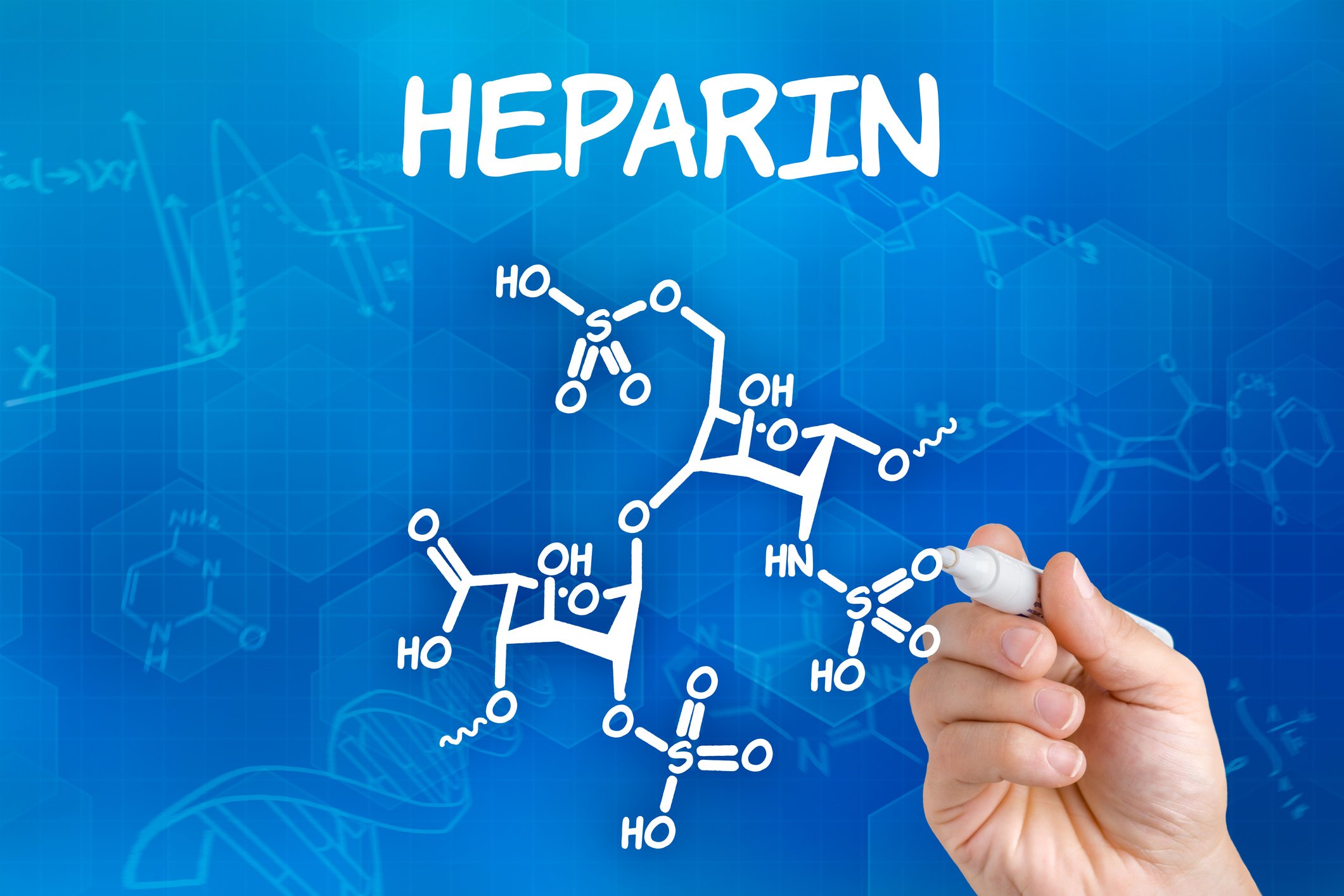
Safe Treatment Roadblocks: Heparin Hazards
The term heparin refers to low-molecular-weight heparin (LMWH) and unfractionated heparin (UFH).
Did You Know:
- One-third of all hospitalized patients or 12 million individuals are exposed to heparin annually (Eke, 2018), and the cost of adverse events from heparin administration adds appropriately 45% or $2.5 billion to the cost of hospitalization (Spector, Limcangco, Furukawa, & Encinosa, 2017)
- Intravenous heparin is considered one of the highest-risk medications used in the in-patient setting. Safe use of heparin requires a diligent approach:
- Weight-based dosing
- Frequent monitoring of the patient’s blood clotting ability
- Lab-based adjustment of dosing
- Assessment for sources of bleeding
- (Agency for Healthcare Research and Quality (AHRQ), 2017)
The Institute for Safe Medication Practices (ISMP) regularly publishes lists of high-risk drugs and strategies to help reduce the risk of errors (Institute for Safe Medication Practices, 2014) - The Joint Commission (TJC) is active in heparin adverse drug event prevention. The Joint Commission’s 2018 National Patient Safety Goals include an anticoagulant safety goal: NPSG.03.05.01 (Fenner, 2018)
- Heparin sodium is used in many situations to:
- Diminish the clotting ability of blood – post-operative clot prophylaxis, heart attack
- Prevent existing clots from getting bigger – deep vein thrombosis, heart attack, pulmonary embolism
- Prevent clot formation – post-operative clot prophylaxis
Heparin Does Not:
- Dissolve blood clots that have already formed
- Affect platelet count, unless Heparin-Induced Thrombocytopenia occurs
Heparin inhibits or inactivates reactions on the clotting cascade that lead to coagulation and development/stabilization of fibrin clots. These actions can lead to severe bleeding when the heparin dose is too high. To prevent bleeding, heparin is usually managed utilizing a standardized protocol based on aPTT values.
Healthcare providers need to be aware of the complications of heparin administration such as:
- Episodes of bleeding may occur during and after heparin administration
- Allergic episodes are medical emergencies
- Immunologically-induced complications, such as heparin-induced thrombocytopenia may be life-threatening
Do you know the risk factors related to heparin administration, how the types of heparin differ, how to treat heparin-related adverse drug reactions, and how to prevent these adverse drug reactions? If not, or if you need a refresher, review the RN.com course Hazards of Heparin.
References
Agency for Healthcare Research and Quality. (2017). Medication Errors.
Eke, S. (2018). Heparin-induced thrombocytopenia.
Fenner, K. (2018). The Joint Commission’s Hospital National Patient Safety Goals for 2018.
Institute of Safe Medication Practices. (2014). High-alert medications in acute care Spector, W, Limcangco, R, Furukawa, M, & Encinosa, W. (2017). The marginal costs of adverse drug events associated with exposures to anticoagulants and hypoglycemic agents during hospitalization.




